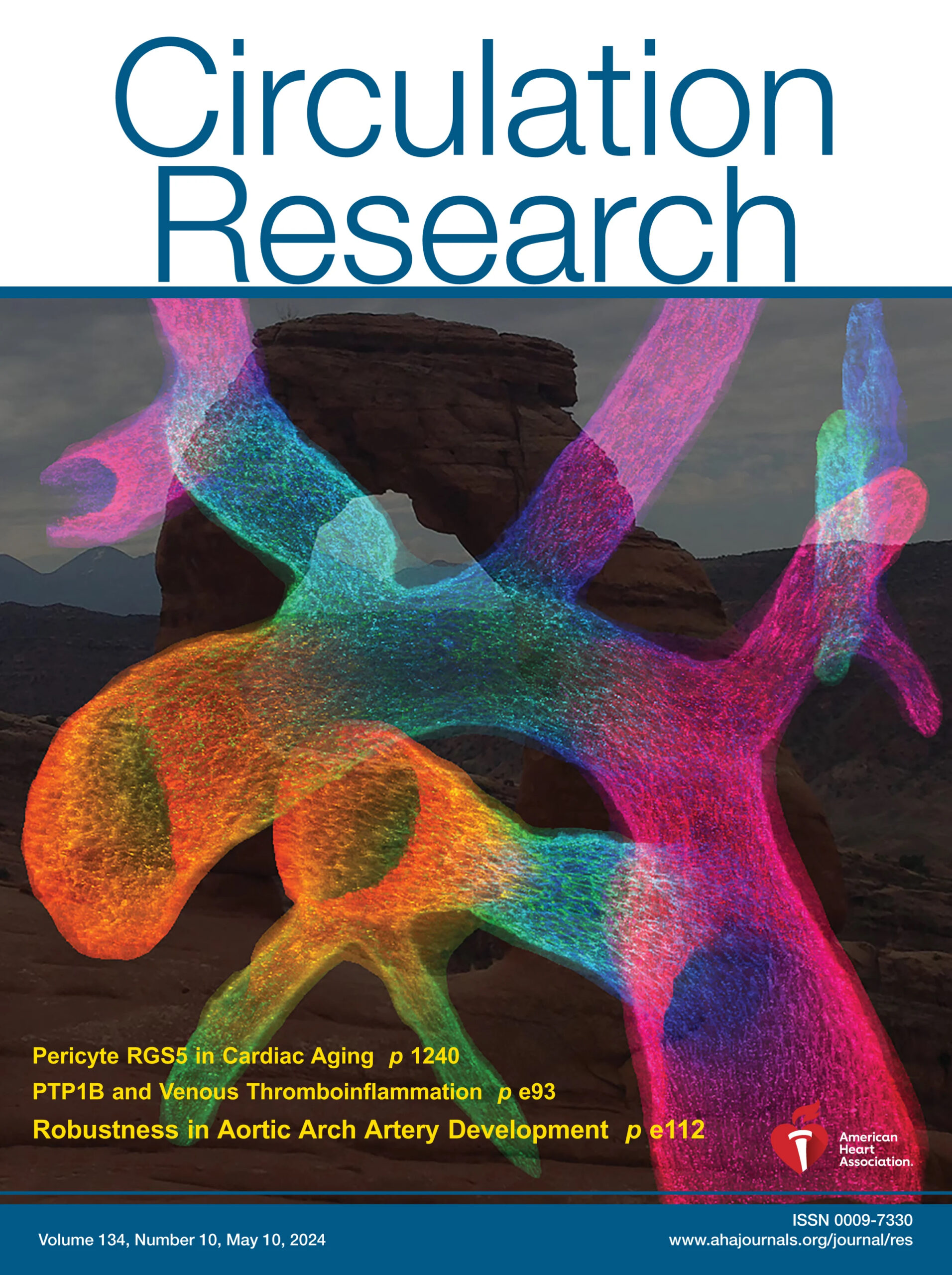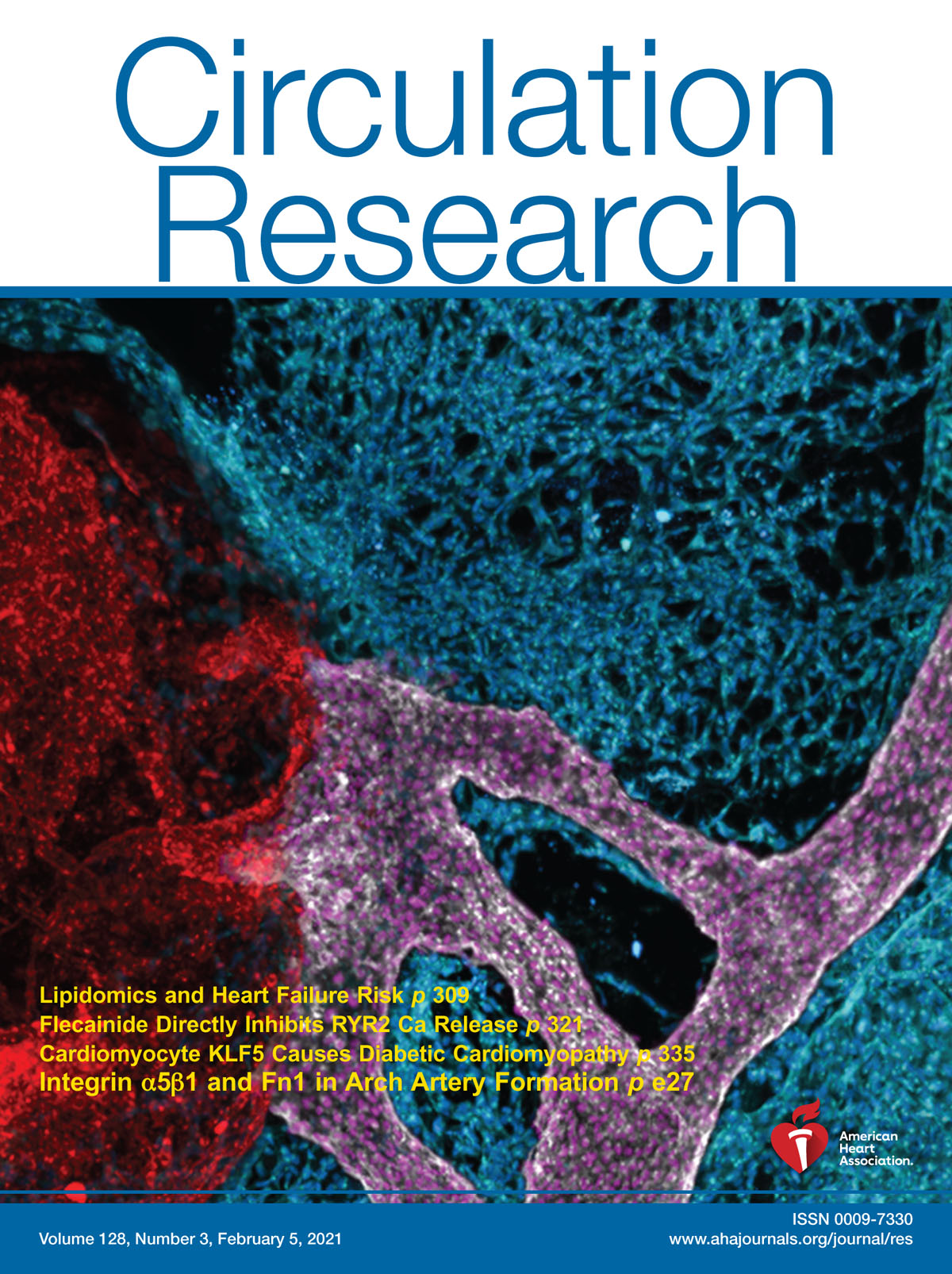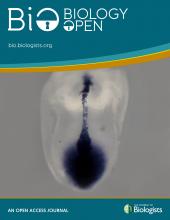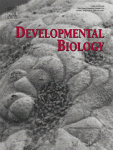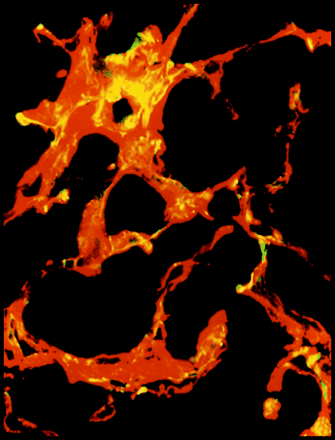Buffering Mechanism in Aortic Arch Artery Formation and Congenital Heart Disease. Circulation Research Volume 134, Issue 10, 10 May 2024; Pages e112-e132, DOI: https://doi.org/10.1161/CIRCRESAHA.123.322767
This cover image was generated by AnnJosette Ramirez, Christina Vyzas, and Sophie Astrof:
A 900-micron-thick vibratome section from a 14.5-day-old mouse embryo, containing the mature embryonic aortic arch artery tree with its branches, the ductus arteriosus, and their connecting vessels, was labeled using an antibody to Pecam-1 and imaged by confocal microscopy. The three-dimensional reconstruction of confocal slices was depth-color-coded and overlayed onto an image of the Delicate Arch, an iconic geological formation in Arches National Park, Utah, USA. The embryonic delicate arch, the 4th pharyngeal arch artery, and its derivative, the aortic arch, are the focus of the paper by Ramirez et al.
